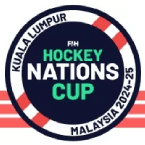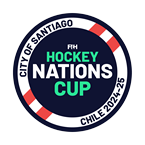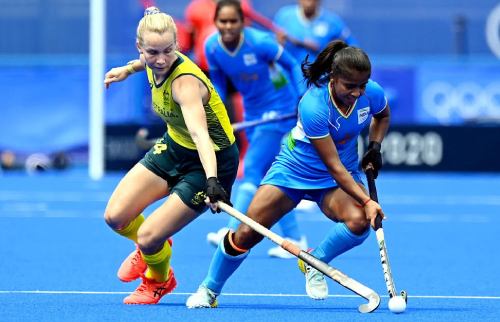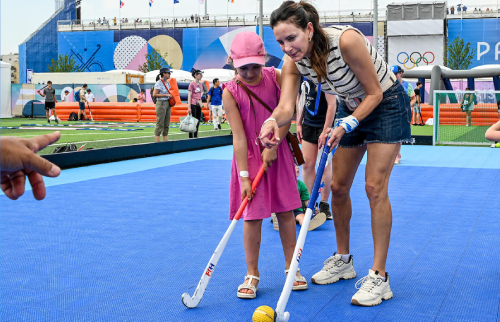
This last week of August sees the world celebrating World Water Week. The week is an annual opportunity for society to consider and address the many water-related challenges our planet currently faces. With the devastating impact of climate change being seen in so many different parts of the world, the need to conserve and use water responsibly has never been greater.
Since hockey first embraced synthetic turf surfaces in the late 1970s, players have preferred to play on them when they are wet. Experience shows that water provides fast, predictable, and consistent playing conditions that allow players to perform to the best of their ability.
Watering a hockey field does, however, come at a cost, both financially and environmentally, and it is increasingly being recognised that this is no longer a sustainable policy for hockey. So, the International Hockey Federation (FIH) has challenged the synthetic turf industry to develop surfaces that provide the properties elite hockey players desire without the use of water.
After several years’ reach and development, 2023 has seen the first major steps on our journey to a dry future. Working closely with leading academic researchers and specialist test laboratories, FIH has identified the key performance aspects water provides and developed ways to measure them in laboratory. This has allowed FIH to develop and publish an Innovation Standard for Dry (non-irrigated) Hockey Turfs. The standard describes how dry hockey turfs should perform; it defines the minimum performance required to allow a turf to be considered suitable for higher-level hockey. At present, the first edition allows a slightly wider range of performance than found on wet turfs, but it is hoped that the performance ranges can be fine-tuned once we know exactly how players rate the performance of these new types of hockey turf.
Increasing awareness of hockey’s intended move away from wet turfs has already led to FIH Preferred Turf Suppliers, Polytan and Greenfields, launching dry turf products on the global hockey market, and other companies are expected to follow soon. The launch of these new turfs has been greeted enthusiastically by the global hockey community. Dry Turf fields are now being planned and installed in an increasing number of countries.
Looking ahead, 2024 will see Dry Turf technology being used for the first time at a major international hockey tournament, when the FIH Hockey5s World Cup is held in Oman on fields having Dry Turfs from Polytan.
As the saying goes: “every little drop helps”. With the pioneering use of Dry Turf fields, hockey is helping to conserve water and reduce the risk of communities suffering from water scarcity.
Early June, as a further major step of its Sustainability Strategy launched in November last year, FIH announced that it had joined the UN Framework Convention for Climate Change (UNFCCC) ‘Sports for Climate Action Framework’.
For more information on hockey’s move to Dry Turf, please visit www.fih.hockey/dryturf

























